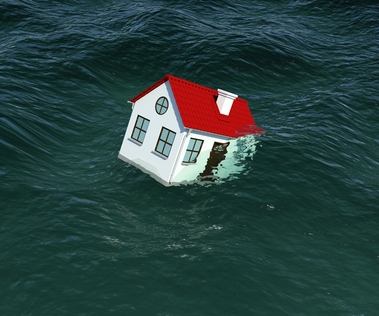Floods and extreme weather events have swept across the United States in recent years, with flash floods, tornados, and even water spouts in Baltimore. If flood waters have filled your basement and swept through the lower floors of your home, now is the time to pick up the pieces and make your house a home once again. It's overwhelming to look at everything that needs done to a house with water damage, but if you take it step by step, the process goes quicker.
Documenting Damage
Touch as little as possible until the insurance company can document the damage. Take pictures of the damaged items and leave them in place for the insurance adjuster to check. If possible, find receipts, invoices, or other indications of value for your personal belongings so the insurance company knows exactly how much you lost in assets.
Cleaning Up Water Damage
Start the water damage cleanup in your home by unplugging electronics to prevent further damage from electricity. Turn off power to the water damaged areas unless electricians have already cleared it for use. Get the cleanup process started as quickly as possible. The faster you eliminate moisture from your home, the less mold you deal with later. Start before the 36-hour mark, as bacteria also develops in these conditions.
Use a pump to remove any remaining water from the basement or other areas of your home. Run dehumidifiers to remove the extra moisture. Your HVAC unit is probably not designed to handle that much extra air moisture on its own.
Hire professional contractors when you have flooding from big storms such as the ones that hit Maryland in the summer of 2013. Use contractors for sewage clean up, difficult standing water removal, electrical system problems, and plumbing issues. If you need to remove your carpets, flooring, subfloors and drywall, get a dumpster from companies like NextDayDumpsters.com to efficiently take care of your trash.

Handling Mold
Mold is unsightly and has long-term implications for your health. The Center for Disease Control reports mold may cause a variety of health problems, such as sore throats, skin irritation, major infections, and congestion. Use a bleach solution to clean up all moldy surfaces after they have been thoroughly dried. This solution needs 1 cup bleach to 1 gallon of water, and does not need to be stronger than that. If the mold is growing inside your walls, contact professional mold removers.

